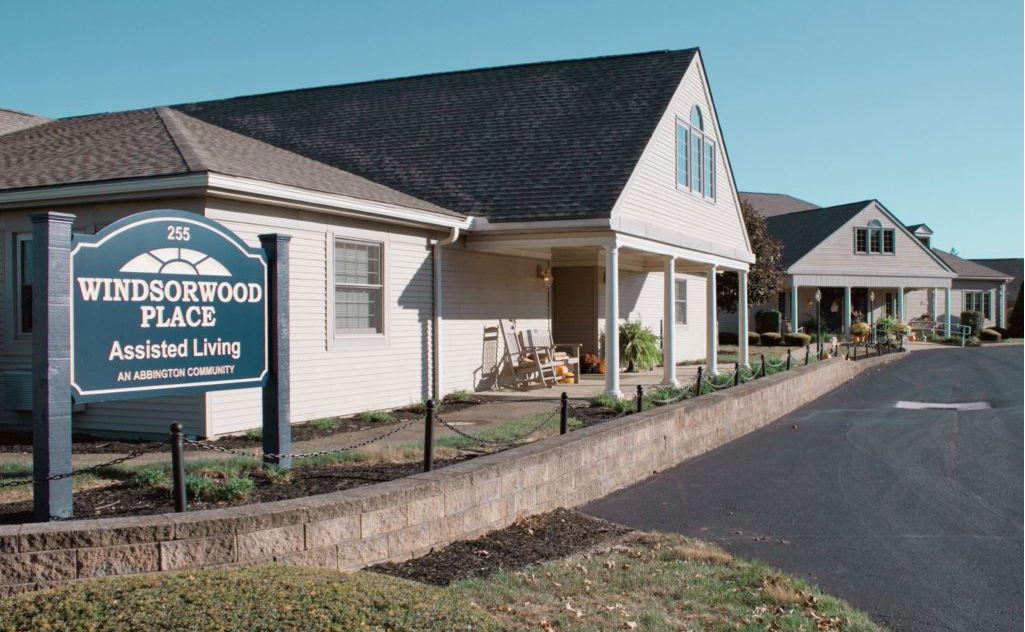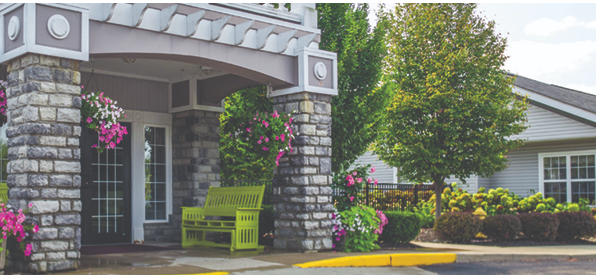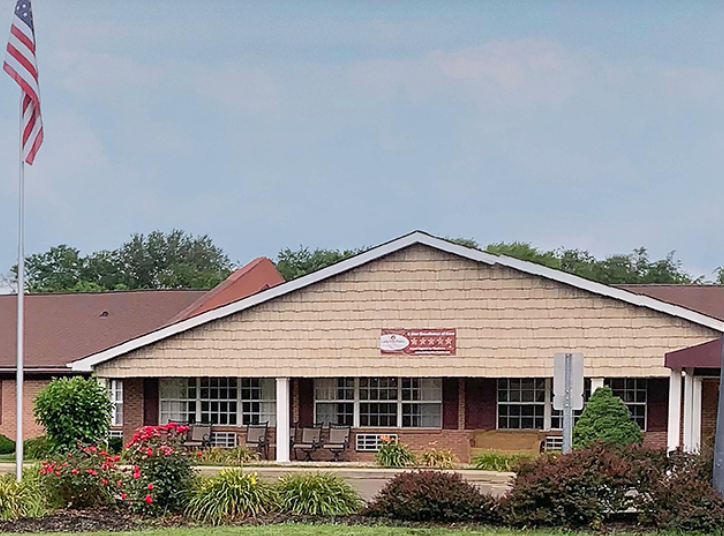Assisted Living and Long-Term Care Facilities
Assisted Living
An assisted living facility is typically considered to be housing for the elderly. It tends to be more of an apartment like home environment where the focus is helping the resident live as independently as possible. Many seniors who choose this option are still mostly mobile, but they may need some additional assistance with activities of daily living such as meal preparation, housekeeping, laundry, medication management, or dressing and bathing. Some residents even still drive and are able to keep cars at the facility so that they can come and go as they please.
Residents are considered to be living at “home” when they are staying in an assisted living facility. This means that they can still receive home services such as home oxygen, home health, or even home hospice services.
Assisted living facilities are usually private pay. Many can accept long-term care insurance plans, or in some cases, can accept Medicaid as payment. Fees and pricing vary based on the level of care the resident requires. In most cases, the facility will quote the resident an all-inclusive monthly rent amount based on needs and/or room type. Medicare and commercial insurance plans do not cover assisted living expenses.
Patients can schedule a personal tour or fill out a rental application by calling the assisted living facility of their choice.
Long-Term Care
Long-term care placement in a nursing home is only covered by private pay, long-term care insurance plans, or Medicaid. Medicare and commercial insurance plans do not cover this type of nursing home stay. The private pay amount per month for this can range from $5,000-$10,000 per month so it is usually more costly than assisted living. The total cost will be dependent on the facility and the patient’s needs.
Assisted Living -VS- Long-Term Care
|
ASSISTED LIVING FACILITIES |
LONG-TERM CARE IN A NURSING HOME |
| Housing for the elderly | Housing for the elderly |
| Typically, patient does not require regular medical attention, patients are more mobile | Typically, patient requires around the clock medical care or specialized care |
| Focus is independent living, more freedom to walk around or leave the premises | Focus is medical management, maximized safety, EX: locked doors, wander guard, alarms |
| Can be less costly, only some can accept Medicaid as payment | Can be more costly, always accepts Medicaid if it is a Medicaid certified facility, which most are |
| Apartment atmosphere | Hospital/ Nursing home-like atmosphere |
| Can receive home services such as: home health, physical therapy, home oxygen, home medical equipment, or hospice. These are usually set up via outside agencies. | Can receive services such as oxygen therapy, physical therapy, use of medical equipment etc., but is usually provided by the nursing home. |
| Requires application and rental agreement | Requires physician orders and can require state issued paperwork (Level of Care and PASRR) – a lot of times, the facility of choice will help complete these if the patient is coming in from the community or if the patient is admitted in the hospital, the case manager will assist with completing |





